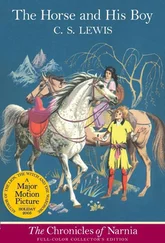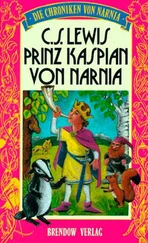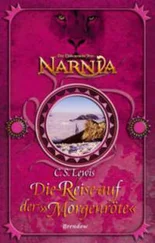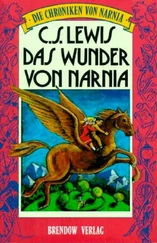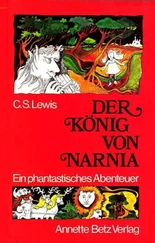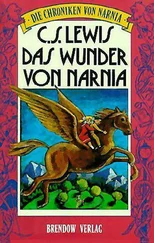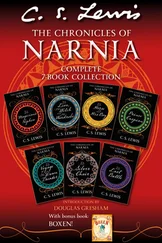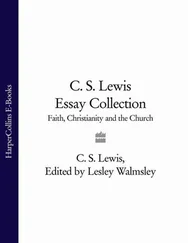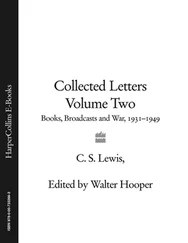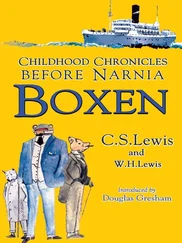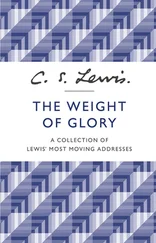53ibid., ch. 18, vii, p. 188.
54In Lewis’s interplanetary trilogy, eldila (singular, eldil ) are angels who inhabit ‘Deep Heaven’. Their bodies are as swift as light, and hence they are usually invisible to human beings. They are first mentioned in Out of the Silent Planet , ch. 13. See the letter to Mary Willis Shelburne of 4 March 1953.
55 Perelandra (London: Bodley Head, 1943; HarperCollins, 2000), ch. 17, p. 223.
56‘The “ferly” ‘, wrote Pitter, ‘is a sort of vision in the engraving by Joan Hassall…the figure of the Muse stands with flowers & vine-leaves in her arms, in the calm twilight landscape full of symbols: she points downward to a kind of visionary sphere containing images of violence: it is this that someone thought was like a concrete-mixer’ (Bodleian Library, MS. Eng. lett. c. 220/3, fol. 100).
57Pitter said of this: ‘I had expressed mild pain at the idea of the spectacle-case lurking so long undiscovered in the crease of the armchair. Never cleaned—didn’t know they had to be?!!!’ (MS. Eng. lett. c. 220/3, fol. 100).
58Lewis Carroll, Through the Looking-Glass (1872), ch. 4, ‘The Walrus and the Carpenter’: ‘“The time has come,” the Walrus said,/”To talk of many things:/Of shoes—and ships—and sealing wax–/Of cabbages—and kings
59Cardinal Schwanda was the Sayers’ cat.
60Homer (fl. 8th century BC) is the author of the Greek epics, The Odyssey and The Iliad .
61‘The same rule applies to things that do not exist and to things that are not apparent.’ This is a standard legal maxim.
62Anthony Trollope, Barchester Towers (1857), ch. 40: ‘The painter put a veil over Agamemnon’s face when called on to depict the father’s grief at the early doom of his devoted daughter.’
63Nicholas Hardie (b. 12 November 1945), to whom The Silver Chair is dedicated, is the eldest son of Colin and Christian Hardie. Nicholas was educated at Magdalen College School and Balliol College, Oxford. After taking his BA in 1970, he took an MBA from Lancaster University.
64Victor Drew ran the little barber’s shop now called High St Barbers at 38 High Street, Oxford.
65John 16:22: ‘Ye now therefore have sorrow: but I will see you again, and your heart shall rejoice, and your joy no man taketh from you.’
66George Herbert, The Temple (1633), ‘The Tempter’, I, 3-4: ‘If what my soul doth feel sometimes,/My soul might ever feel!’
67See the biography of Robert William Chapman in CL II, p. 203n.
68Legend relates that Stesichorus (c. 640-c. 555 BC), a Greek lyrical poet, was struck blind for having censured Helen in one of his poems. His sight was restored after he had written his Palinodia or recantation, in which he claims that it was not Helen, but her phantom, that accompanied Paris to Troy. This version of events was adopted by Euripides who used it in his play, Helen . Lewis was later to use this theme in his unfinished ‘After Ten Years’, published in The Dark Tower and Other Stories , ed. Walter Hooper (London: Collins, 1977; Fount, 1983).
69Horace, Odes , I, ix, 21-4: ‘nunc et latentis proditor intimo/gratus puellae risus ab angulo/pignusque dereptum lacertis/aut digito male pertinaci’: ‘Now too the lovely laugh betraying the girl hiding in the secret corner, and the token snatched from her arm or her scarcely resisting finger.’
70Chad Walsh, C. S. Lewis: Apostle to the Skeptics (1949).
71i.e., Warnie’s drinking.
72Sister Madeleva CSC was a teacher of English at St Mary’s College, Notre Dame, Indiana, who had attended some of Lewis’s lectures in 1934. See her biography in CL II, p. 140n.
73Sister Madeleva, A Lost Language (New York: Sheed and Ward, 1951), p. 17: ‘This practice of prayer was something of a habit with Chaucer…It was, of course, one of the writer’s conventions of his day. Had it not been, there is a probability that he would have practiced it. But, as a convention, the devotional sincerity of his prayers is frequently questioned. Conventions are a badly libelled lot. One knows they are devices; one concludes that they are deceits with an immediacy to be recommended rather for speed than for logic. Particularly is this true of the conventional medieval writing. Without going into digression on this matter, it may be volunteered that the fourteenth century writer probably used the convention to say what he meant rather than to say the exact opposite of what he meant.’
74Mrs Lisbeth Greeves (1897-1982), née Lizzie Snowden Demaine, was the wife of Arthur’s cousin, Lt.-Col. John Ronald Howard Greeves (1900-). She was a devout and enthusiastic member of the Bahai faith, and was keen to discuss it with Lewis through the post.
75One of Greeves’s dogs.
76‘No ham yet.’ See the letter to Greeves of 23 April 1951.
77Cardinal Henri de Lubac (1896-1991), French lesuit theologian, was a professor of theology at Lyon for many years. He was one of the thinkers who created the intellectual climate of the Second Vatican Council (1962-5), his major contribution being to open up the vast spiritual resources of the Catholic tradition. De Lubac was one of the founders of the collection ‘Sources Chrétiennes’, an important series of patristic and medieval texts. Griffiths probably sent Lewis a copy of de Lubac’s Catholicism: A Study of Dogma in Relation to the Corporate Destiny of Mankind (London: Burns & Oates, 1950).
78William Wordsworth, The Prelude: or, Growth of a Poet’s Mind (1850).
79Matthew 5:29: ‘If thy right eye offend thee, pluck it out, and cast it from thee: for it is profitable for thee that one of thy members should perish, and not that thy whole body should be cast into hell.’ See also Mark 9:47.
80Lewis had already devoted an essay to this principle entitled ‘First and Second Things’, published in First and Second Things and EC .
81The Festival of Britain.
82See Colin and Christian Hardiein the Biographical Appendix.
83Hardie had asked Lewis to read an essay he had written on ‘The Myth of Paris’. It has never been published.
84‘delete’.
85Maurice Roy Ridley (1890-1969) was Tutor in English Literature at Balliol College, Oxford, 1920-45. See his biography in CL II, p. 306n.
86Reginald Walter Macan (1848-1941) was Master of University College, Oxford, 1906-23. See his biography in CL I, p. 263n.
87This letter was published in Essays in Criticism , I (July 1951), p. 313, under the title ‘Robinson Crusoe as a Myth’.
88Ian Watt, ‘Robinson Crusoe as a Myth’, Essays in Criticism , I (April 1951), pp. 95-119.
89Watt’s reply appears on the same page as Lewis’s letter.
90See Valerie Pittin the Biographical Appendix to CL II, pp. 1059-60. Pitt, who was writing a B. Litt. thesis for St Hugh’s College, Oxford, was secretary of the Socratic Club.
91Austin Farrer was a member of the Socratic Club. See Austin and Katharine Farrerin the Biographical Appendix.
92John Flavell (baptized 1630, d. 1691), Presbyterian minister and religious writer, was educated at University College, Oxford. He was the minister at Dartmouth, Devon, 1656-62. Following Charles II’s declaration of indulgence in 1672, Flavell returned to Dartmouth, licensed as a Congregationalist minister. His works include A Token for Mourners (1674), The Seaman’s Companion (1676), Divine Conduct (1678), Sea Deliverances (c. 1679), The Touchstone of Sincerity (1679), The Method of Grace (1681), A Saint Indeed (1684) and Treatise on the Soul of Man (1685). See the article on Flavell in the Oxford DNB .
Читать дальше

